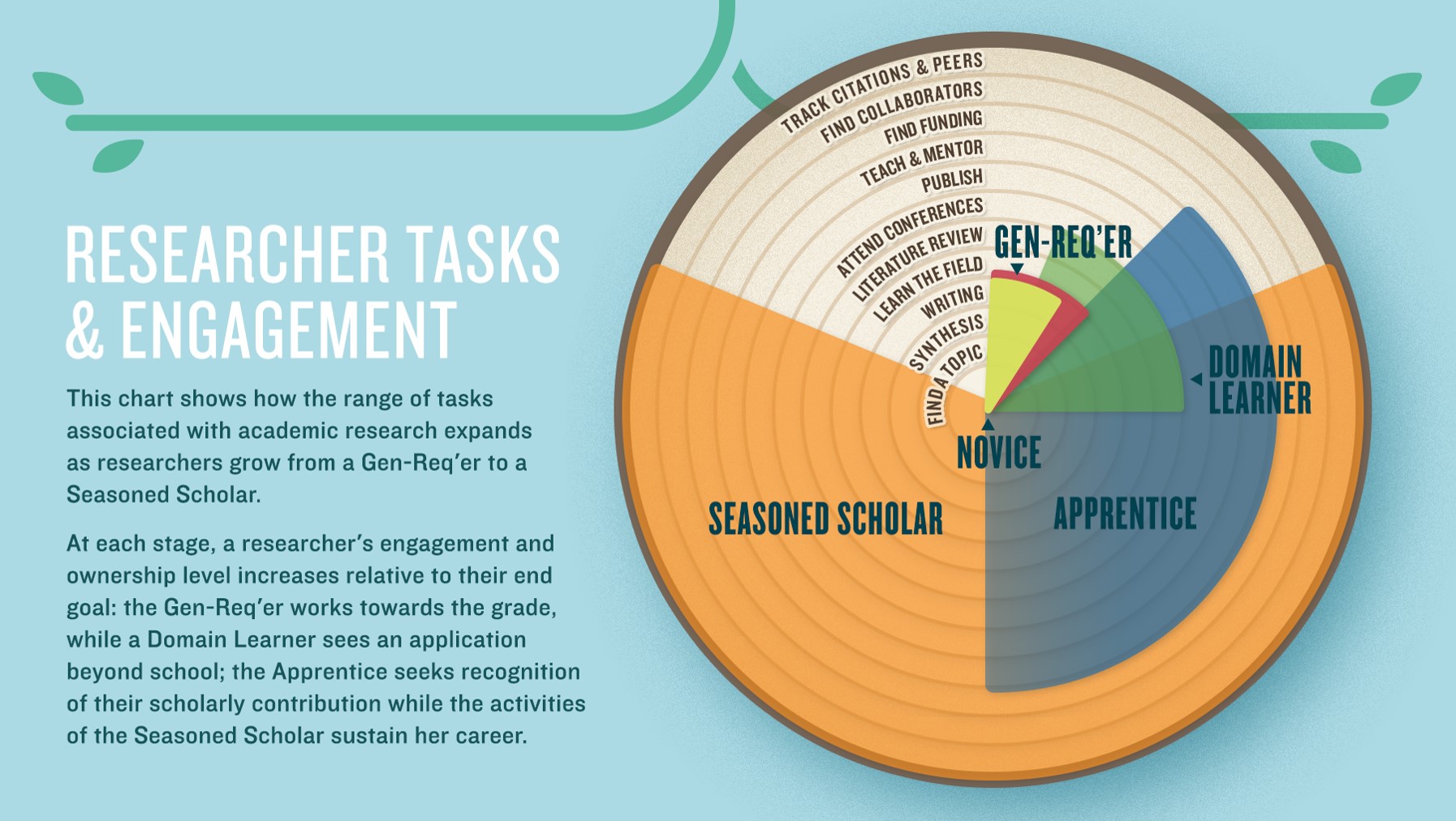The Takeaway
By transforming from stack-space to a learning commons, Clemson University's Cooper Library realized 4% growth in its gate counts.
Bobby Hollandsworth, the Learning Commons and Adobe Digital Studio Coordinator, explained how and why the library changed, and he provided plenty of visual evidence to prove just how much work it was.
Webinar Highlights
Does the library's real estate best serve the academic community by storing books? That's the central question this webinar strives to answer.
Here's the story:
In 2010, the Clemson Computing and Information Technology (CCIT) building was in rough shape: decrepit, falling apart, and just basically, "No longer a situation the IT department should have been in," as Bobby put it. CCIT started looking for places to move on campus and landed on the Cooper Library. That left the library with a simple question. Was shelf-space more important than giving the IT department office space? For the administration at Cooper library, the answer was to start weeding and to decide which books to move offsite. They would work with CCIT. That decision led to several other opportunities to increase Cooper Library's centrality on campus.
Oh, and don't make the mistake of thinking the library just gave away its space. CCIT moved onto the second floor of Cooper library, but along the way the library secured funds for "cosmetic surgery" to the rest of the building. That surgery impacted five spaces in the library and turned into partnerships not only with CCIT, but with the writing center, Dell, and Adobe that transformed the library into the high-tech learning commons it is today.
Average gate counts at Cooper Library:
- 43,865 a week
- 8,000 a day (11,000 is not unusual)
- 1,306,412 in 2014-15
- 1,360,632 in 2015-16 (a 4% year-over-year increase)
Now, the Cooper Library offers students a Geographic Information Services (GIS) classroom and lab. It's also home to the Brown Room and the Adobe Digital Studio. The Brown Room is a former meeting space that touts a 17'x6' visualization wall, 3 projectors, and 16 laptops. The Adobe Digital Studio is a 2,457 sq. ft. space with audio and video production facilities, seven plug-and-work large-screen monitors, four dual-screen iMacs for post-production work, and access to the Adobe Creative Cloud.
Oh yeah, and did I mention Cooper's gate counts went up?



